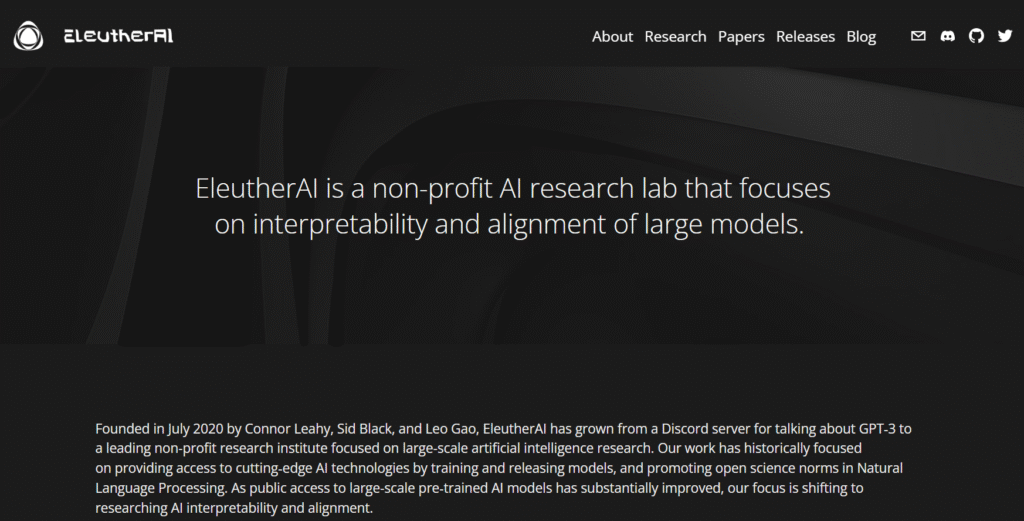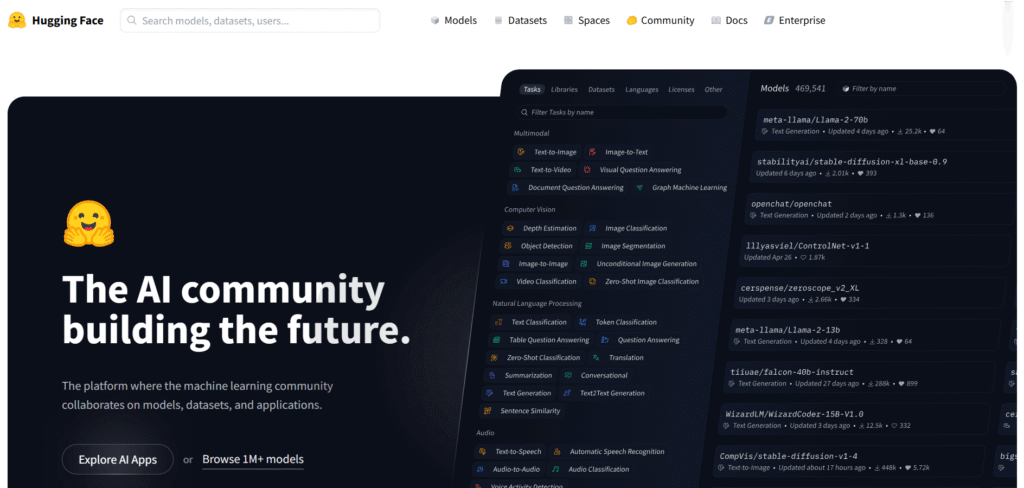Introduction
AI is taking over the internet, with people everywhere eager to explore the best tools. Some are drawn by the innovations, while others see AI as an opportunity to boost their financial prospects. Many use AI to simplify their lives, automate tasks, improve efficiency, and make work easier. As the AI revolution progresses, a major question arises: should large language models (LLMs) in AI be open for everyone to use and modify? Open-source LLMs have made AI more accessible, enabling businesses, researchers, and individuals to build on existing technology. While this accelerates AI’s growth, it also raises concerns, such as security risks and the spread of misinformation. As open-source AI continues to grow, the debate over its benefits and challenges has become more crucial than ever.
The Rise of Open-Source AI Systems
Open-source AI is changing the game. With open-source LLMs, advanced AI tools are now accessible to everyone from researchers and startups to small businesses. Platforms like Hugging Face, EleutherAI, and DeepSeek offer free access to AI code, making it easier for individuals without big budgets to explore AI and create something new.
AI development is now faster than ever. As anyone can experiment with open models, new ideas are tested quickly, leading to rapid advancements. This has sparked breakthroughs in chatbots, image recognition, and writing tools. Open-source AI isn’t just about code sharing; it’s about sharing ideas and driving innovation. With more organizations and developers joining in, AI’s future looks bright, offering opportunities for all.

Sharing Foundational Code with Other Organizations and Researchers
One of the biggest advantages of open-source AI is the ability to share foundational code. This collaborative approach drives innovation and accelerates problem-solving. By making the same code accessible to all, open-source AI helps enhance technology and create new applications. Whether it’s adding features or applying AI in new industries, collaboration speeds up progress.
Sharing code also ensures transparency. Developers can review and analyze the source code, identify bugs, address biases, and suggest improvements. This openness fosters trust, as users can understand how models work and how data is processed, which helps maintain ethical practices.
Furthermore, collaboration overcomes financial and geographical barriers. Researchers worldwide, regardless of resources, can work together to share knowledge and contribute to cutting-edge AI technology. This interconnectedness accelerates advancements and creates solutions that closed systems cannot.
Enabling Others to Develop and Distribute Their Own Products
Open-source LLMs allow developers the freedom to create and distribute their own AI products. Access to foundational code lets developers customize models to meet specific needs, whether for niche markets or unique applications. This freedom enables businesses to develop products that proprietary models might not allow, driving innovation.
Additionally, open-source LLMs reduce costs. Instead of paying for expensive proprietary software licenses, organizations can adapt open models without the financial strain. This makes advanced AI more accessible to smaller startups and independent developers, who might otherwise be excluded.
Moreover, open-source encourages rapid development and distribution. Developers can quickly build on existing models, launch applications, and gather feedback to improve them. This innovation cycle accelerates the creation of AI-powered products, helping businesses stay agile and meet market demands.
Collaboration with Talent Globally
A major advantage of open-source AI is its ability to unite global talent. Since the models are freely accessible, developers, researchers, and engineers worldwide can contribute their expertise, leading to faster improvements and more diverse perspectives. This global collaboration fosters innovation that would be difficult within the confines of a single company or region.
By allowing contributions from people with varied skills and experiences, open-source AI helps develop more balanced and ethical models. AI-related challenges, such as bias, are better addressed when multiple viewpoints are considered. Open collaboration ensures that AI models are inclusive, making them more effective across cultures and languages.
Moreover, open-source AI bridges the gap between developed and developing countries. Talented individuals without access to expensive proprietary tools can still contribute to AI advancements. This benefits the global AI community and empowers individuals to create solutions that cater to local needs, driving progress worldwide.

The Impact of Open Source on AI Research and Development
Open-source AI is transforming research and development. By making advanced models freely available, open platforms enable more people to join the AI innovation process. Previously, only big tech companies had access to cutting-edge AI, but now independent developers, startups, and universities can experiment with and enhance these models. This democratization of AI has led to faster breakthroughs, as more minds refine algorithms, share findings, and develop new applications.
A significant benefit of open-source AI is transparency. With publicly available code, researchers can review and improve it, ensuring better accuracy, fairness, and efficiency. This openness also promotes accountability, as AI models can be tested for biases or unintended consequences before being widely adopted.
Open-source AI also encourages collaboration between academia and industry. Universities apply real-world models in research and teaching, while businesses learn from academic innovations. This knowledge exchange accelerates AI development and ensures that advancements benefit society rather than being controlled by a few corporations.
Concerns About the Exploitation of Open-Source Technologies for Disinformation
While open-source LLMs have revolutionized industries, they come with risks. Since these models are freely accessible, they can be misused to spread false information, manipulate public opinion, and create deepfakes that blur the line between reality and fiction. AI-generated fake news is already a significant concern, making it harder for people to differentiate between real and fabricated content.
One of the most concerning risks is how bad actors can use open-source models for large-scale misinformation campaigns. Political propaganda, social media manipulation, and AI-powered fake accounts can influence narratives like never before. Governments and organizations struggle to address the rapid spread of AI-generated disinformation, raising questions about how these tools should be regulated.
Security vulnerabilities are another issue. Open-source LLMs allow anyone to access the code, meaning hackers can exploit weaknesses, modify models for malicious purposes, or bypass content restrictions. This has sparked debates about whether open-source AI should include built-in safeguards to prevent misuse while still fostering innovation.
Conclusion
Looking back at the rise of open-source LLMs, it’s clear that their impact on AI technology has been nothing short of transformative. By offering access to cutting-edge AI tools, open-source platforms have made it possible for a diverse range of individuals and organizations to innovate, contribute, and build on shared technology. This collaborative environment has led to rapid advancements, allowing AI to progress at a pace previously unimaginable. It’s not just about code sharing; it’s about creating an ecosystem where ideas flow freely, unlocking the potential for new applications and solutions across various sectors.
However, with these benefits come significant risks. Open-source LLMs have the potential to be exploited for harmful purposes, such as spreading misinformation or manipulating public opinion. The accessibility of these tools can make it easier for bad actors to generate fake content or bypass content restrictions, posing a serious threat to security and integrity. As the use of open-source AI grows, it’s essential to consider how to regulate and safeguard these technologies without stifling innovation. Balancing openness with responsibility will be key to ensuring that open-source LLMs continue to benefit society while minimizing the risk of misuse.
